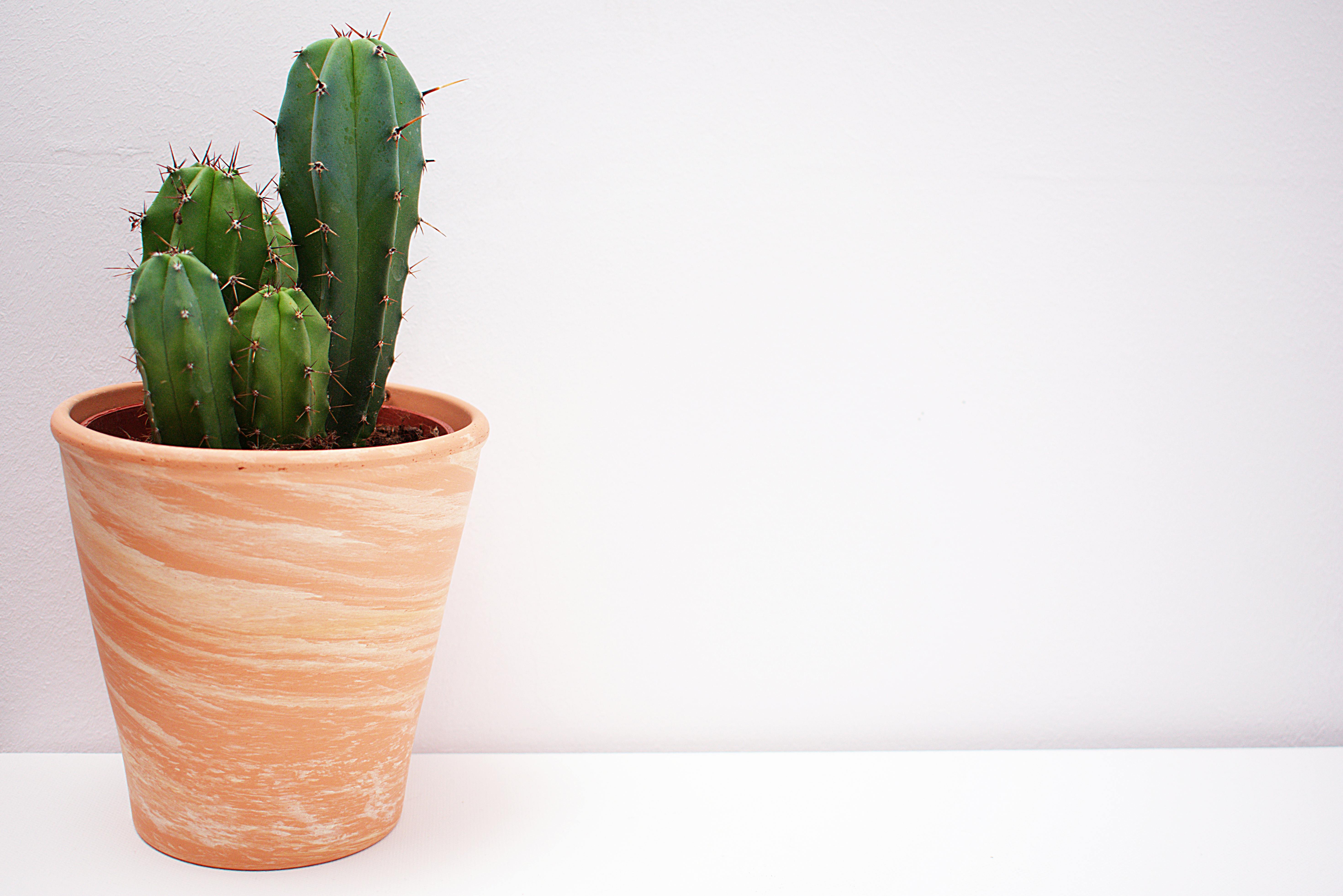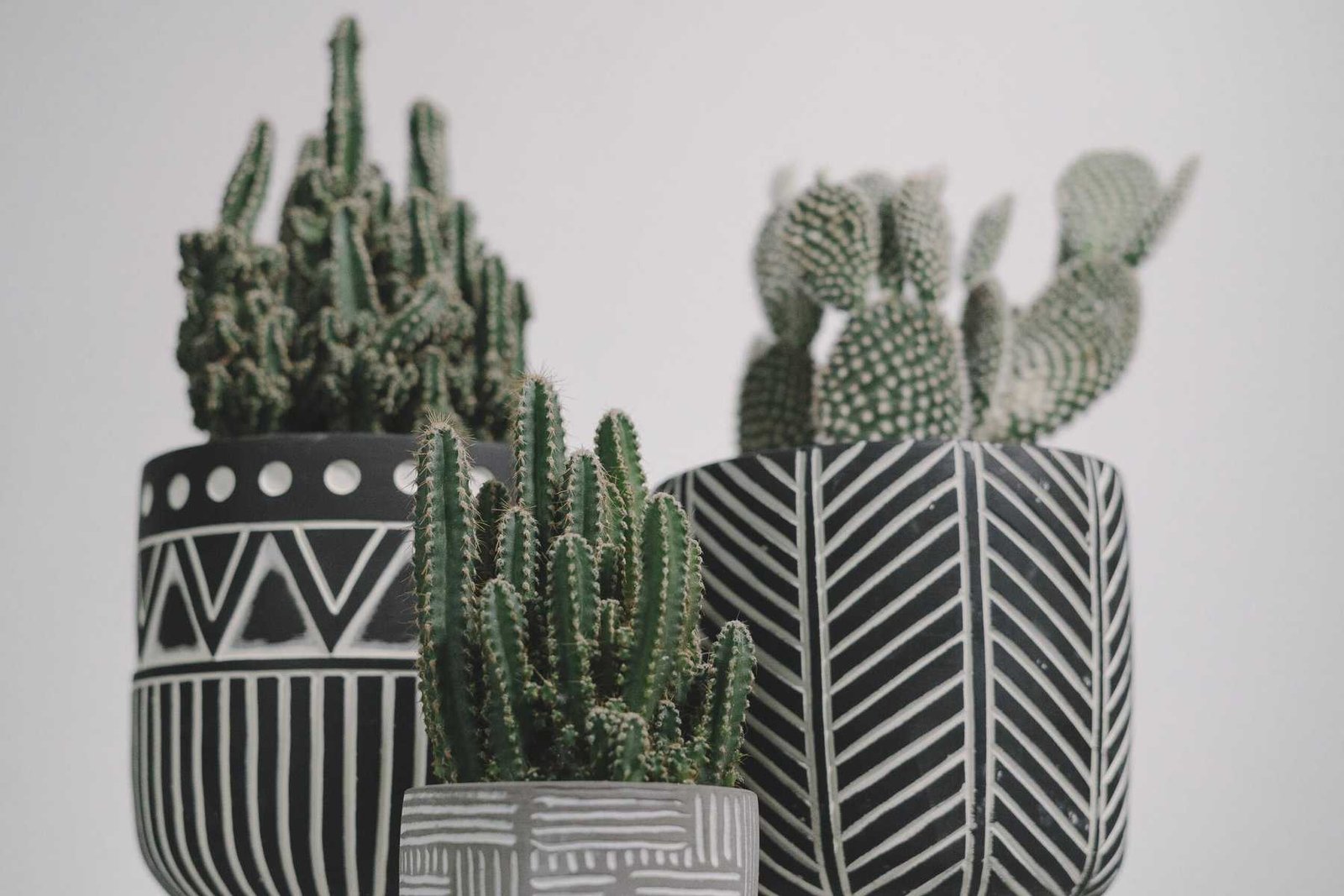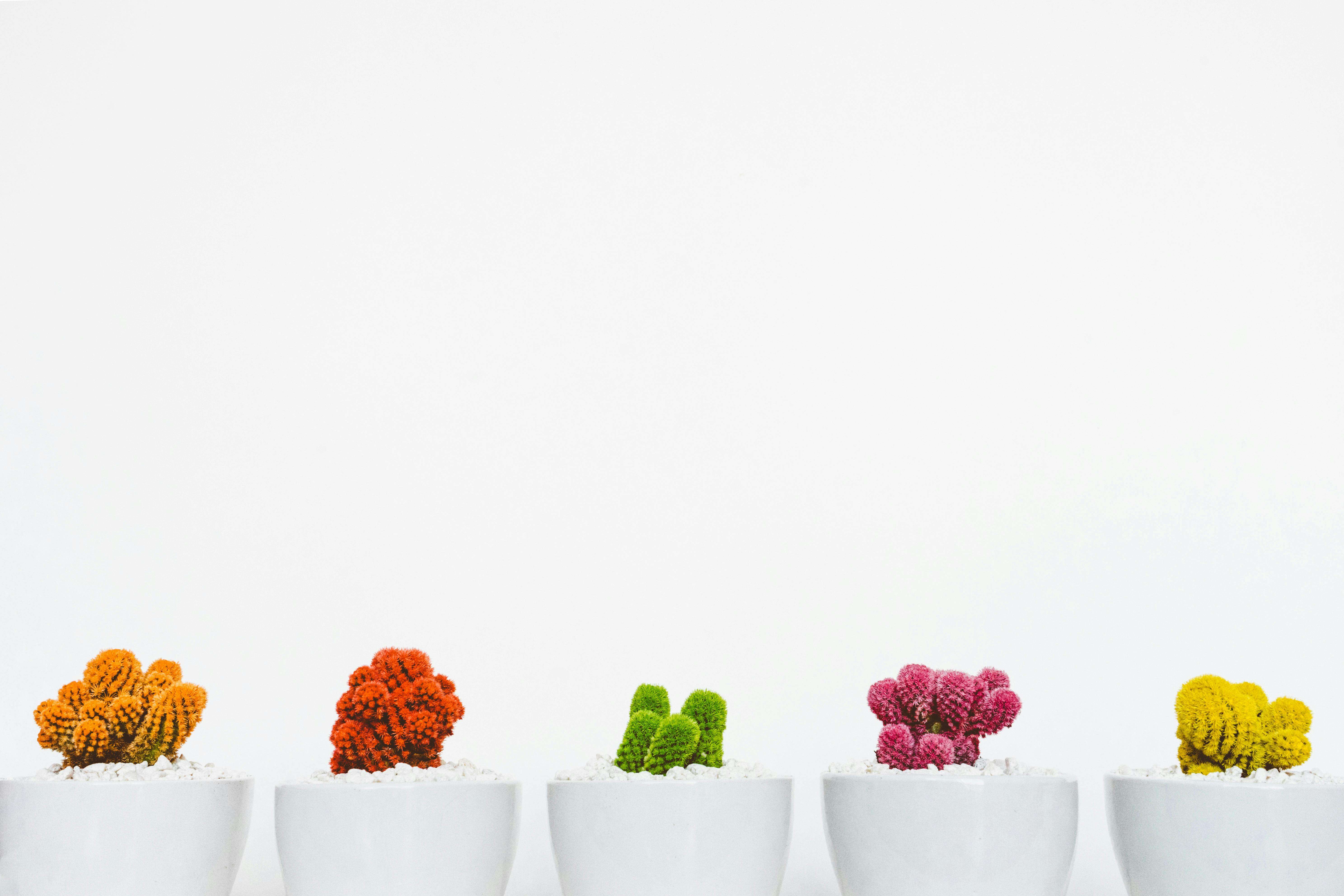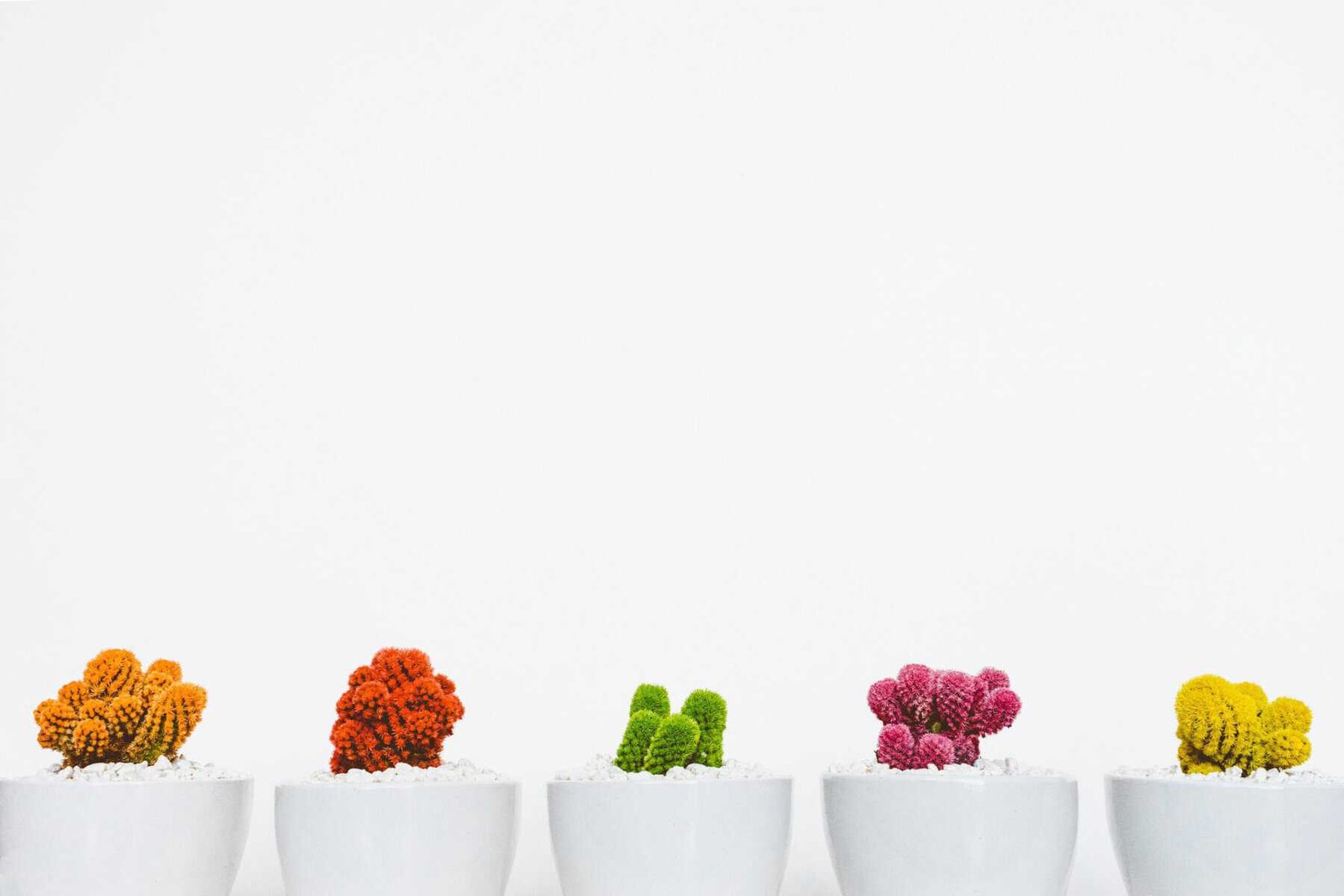Living in a region known for scorching temperatures, you find yourself wondering how to shield your beloved nopal cactus from the relentless heat. As the sun beats down relentlessly, threatening to wilt your cherished plant, a sense of urgency takes hold. Anxious to safeguard its vibrant beauty and resilience, you embark on a quest to discover the most effective methods for protecting nopal from the unforgiving grasp of extreme heat.
Watering
Optimal watering practices
When it comes to watering your nopal, it’s important to follow some optimal practices. This includes watering deeply and infrequently, rather than giving your plant frequent light watering. Deep watering encourages the development of deep roots, which in turn helps the nopal withstand periods of drought and extreme heat. Additionally, watering in the early morning or late evening helps to minimize water loss through evaporation.
Signs of dehydration
To ensure your nopal is receiving enough water, it’s crucial to be aware of the signs of dehydration. These signs include wilting, shriveled or discolored pads, and dry soil. If you notice any of these symptoms, it’s essential to increase your watering frequency or adjust your watering technique.
Watering frequency
Determining the watering frequency for your nopal largely depends on the temperature, humidity, and soil conditions. Generally, nopal requires watering every 7-14 days during the warmer months. However, during periods of extreme heat, you may need to water more frequently. Monitor the moisture levels by sticking your finger into the soil around the plant to check for dryness. Adjust the watering frequency accordingly to ensure your nopal remains healthy and well-hydrated.
Avoiding overwatering
While providing adequate water is essential for your nopal’s growth, it’s equally important to avoid overwatering. Overwatering can lead to root rot and other fungal diseases. To prevent overwatering, make sure the soil has sufficient drainage and avoid watering if the soil is already moist. Additionally, be cautious not to leave standing water around the base of the plant.
Mulching
Benefits of mulching
Mulching is an effective method to protect your nopal from extreme heat. Mulch acts as a protective layer, reducing soil temperature, conserving moisture, and suppressing weed growth. It also helps to improve soil fertility over time as the mulch decomposes. By mulching your nopal, you create a favorable environment for its growth and development.
Mulch types for nopal
When selecting the right mulch for your nopal, you have a variety of options. Organic mulches such as wood chips, straw, or dried leaves are commonly used and offer the additional benefit of adding organic matter to the soil. Inorganic mulches like gravel or rocks can also be used, providing excellent heat reflection and weed prevention. Choose a mulching material that suits your preferences and the local climate.
Applying mulch correctly
To apply mulch effectively, start by clearing any weeds or debris from around the base of the nopal. Then, spread a layer of mulch around the plant, ensuring it extends 2-4 inches thick. Be careful not to pile the mulch directly against the stem, as this can promote moisture retention and potentially lead to rot. Maintain a small gap between the mulch and the plant to allow air circulation.
Maintaining mulch
To ensure optimal performance, it’s crucial to maintain the mulch around your nopal. Regularly check for signs of compacted or eroded mulch and replenish it as needed. Mulch may break down over time, so adding a fresh layer annually or biannually can help maintain its effectiveness. By properly maintaining the mulch, you can continue to protect your nopal and promote its health.

Shading
Utilizing natural shade
One of the simplest ways to protect your nopal from extreme heat is by utilizing natural shade. If possible, consider planting your nopal in an area with natural shade, such as near taller plants or trees. The shade will help to reduce the direct exposure to sunlight and lower the temperature around the nopal. This natural shade can be highly beneficial, especially during the hottest parts of the day.
Creating artificial shade
In situations where natural shade is scarce, you can create artificial shade for your nopal. Options include using shade cloths, umbrellas, or even constructing a shade structure. Shade cloths are specifically designed to provide shade while still allowing airflow. When using shade cloths or umbrellas, place them strategically to shade the nopal during the hottest parts of the day. However, ensure the shading doesn’t block essential sunlight needed for growth.
Temporary shade solutions
If you need a temporary shade solution, consider using shade sails or portable shade structures. Shade sails are lightweight and easy to install, providing protection from the sun’s intense rays. They are versatile and can be easily adjusted to suit the changing position of the sun throughout the day. Portable shade structures, such as freestanding umbrellas or canopies, can also be moved around as needed to protect your nopal.
Extreme heat protection measures
Using shade cloth
In extreme heat conditions, using shade cloth can significantly protect your nopal from scorching sun and excessive heat. Shade cloth is made from knitted polyethylene material that allows air circulation while providing shading. It can be secured over your nopal to shield it from the direct sunlight, reducing heat stress and the risk of sunburn.
Applying reflective covers
Another effective measure to protect your nopal from extreme heat is applying reflective covers. These covers are usually made of materials that reflect sunlight and heat, minimizing their absorption. By reflecting the sun’s rays away from the plant, the risk of overheating and leaf damage is reduced. Reflective covers can be easily draped over the nopal or attached to structures for extended protection.
Installing sunscreens
For long-term protection against extreme heat, consider installing sunscreens around your nopal. Sunscreens are shade structures typically made of mesh or fabric materials that obstruct a percentage of sunlight. These structures can be erected over the nopal to provide a shield from intense sunlight and reduce the overall temperature. Sunscreens offer a durable and reliable solution to protect your nopal from harsh weather conditions.

Optimizing soil conditions
Improving soil structure
Optimizing the soil structure around your nopal is essential for its overall health and resilience to extreme heat. Nopal thrives in well-drained soil, so ensure the soil is loose and well-aerated. Consider adding organic matter such as compost or well-rotted manure to improve soil structure over time. This helps the soil retain moisture while still allowing excess water to drain away, preventing waterlogged conditions that can be detrimental to your nopal.
Enhancing soil fertility
To promote healthy growth and maximize your nopal’s ability to withstand extreme heat, it’s vital to enhance soil fertility. Regularly fertilizing your nopal with a balanced fertilizer that includes essential nutrients like nitrogen, phosphorus, and potassium is essential. This ensures your nopal has the necessary nutrients to thrive and resist stress. You can also consider adding amendments like bone meal or kelp meal to further enhance soil fertility and support the plant’s overall health.
Balancing pH levels
The pH level of the soil has a significant impact on your nopal’s ability to absorb nutrients. Nopal prefers slightly acidic to neutral soil, with a pH range of 6 to 7. Consider testing your soil’s pH levels and adjusting them accordingly. Acidic soil can be amended by using materials like lime, while alkaline soil may require the addition of sulfur. Balancing the pH levels ensures optimal nutrient uptake and enhances your nopal’s ability to withstand extreme heat.
Importance of organic matter
Incorporating organic matter into the soil is crucial for optimizing soil conditions for your nopal. Organic matter improves soil structure, enhances water retention, and promotes beneficial microbial activity. Consider adding compost, leaf mold, or well-rotted manure to your soil regularly. These organic materials not only increase the soil’s ability to hold moisture but also provide essential nutrients as they break down. By incorporating organic matter, you can create a healthier environment for your nopal to thrive.
Pruning
Removing damaged or diseased pads
Regular pruning plays a crucial role in maintaining the health and vitality of your nopal. It’s important to remove any damaged or diseased pads promptly. These pads can be an entry point for pests or diseases and may hinder the overall growth of the plant. Use clean pruning shears or a sharp knife to make clean cuts, ensuring minimal damage to the remaining pads. Pruning also allows for better airflow and reduces congestion, promoting a healthier environment for your nopal.
Maintaining optimal growth
Pruning can help maintain optimal growth for your nopal, especially during extreme heat. This involves removing excessive pads or offsets that may be competing for resources. By thinning out overcrowded areas, you allow the remaining pads to receive sufficient sunlight, air circulation, and nutrients. This promotes better overall growth and reduces the stress your nopal may experience during periods of extreme heat.
Promoting air circulation
Proper air circulation around your nopal is crucial for preventing moisture buildup and reducing the risk of fungal diseases. Pruning can help create a more open and airy growth habit, allowing air to flow freely through the plant. Trimming back excess growth and removing pads that are too close together can open up the plant and promote better ventilation. Adequate air circulation not only helps cool the plant during extreme heat but also reduces the risk of diseases caused by excessive moisture.

Timing of activities
Performing tasks in cooler hours
When caring for your nopal, it’s best to perform tasks during the cooler hours of the day to minimize stress on the plant and yourself. This includes watering, fertilizing, and pruning. Early morning or late evening is ideal for watering, as the temperatures are lower and there is less sun exposure, reducing the risk of water evaporation. Fertilizing and pruning can also be done during these hours to avoid subjecting the nopal to extreme heat and potential damage.
Taking preventive actions before extreme heat
To protect your nopal from the effects of extreme heat, it’s important to take preventive actions before the temperature rises. Ensure your nopal is well-watered in the days leading up to expected heatwaves. Mulch around the base of the plant to conserve soil moisture and reduce the risk of overheating. Consider applying shade cloth, reflective covers, or installing sunscreens in preparation for intense sun exposure. Taking proactive measures before extreme heat hits can greatly reduce the stress on your nopal.
Fertilization
Using slow-release fertilizers
Fertilizing your nopal with slow-release fertilizers is an effective way to provide a consistent and balanced nutrient supply. Slow-release fertilizers gradually release nutrients over an extended period, ensuring a sustained feeding for your nopal. This reduces the risk of nutrient deficiencies or excesses that can impact your plant’s health. Follow the instructions on the fertilizer packaging and apply according to the recommended frequency for optimal results.
Importance of balanced nutrients
Providing balanced nutrients is essential for your nopal’s growth and ability to withstand extreme heat. Nitrogen helps with leaf and stem development, phosphorus promotes root growth and flowering, while potassium aids in overall stress tolerance. Ensure your chosen fertilizer contains a balanced ratio of these essential nutrients. A balanced nutrient supply allows your nopal to maintain its vigor, resilience, and ability to withstand periods of high temperatures.
Avoiding excessive fertilization
While fertilizing your nopal is important, it’s equally important to avoid excessive fertilization. Over-fertilizing can lead to nutrient imbalances, root burn, or even plant stress. Follow the manufacturer’s guidelines and apply fertilizer according to their recommended rates. Avoid applying more fertilizer than necessary, as it can have detrimental effects on your nopal’s overall health. It’s better to err on the side of caution and apply fertilizer in moderation.
Monitoring for pests and diseases
Common pests affecting nopal
Keeping a close eye on your nopal for any signs of pests is crucial to prevent infestations. Common pests affecting nopal include cochineal insects, mealybugs, scale insects, and aphids. These pests can cause damage to the pads, reduce overall plant health, and create favorable conditions for diseases. Regularly inspect your nopal for any signs of pest activity and take appropriate action if necessary.
Signs of pest infestation
Signs of pest infestation on your nopal can range from sticky or discolored pads to visible clusters of insects. Look for honeydew or sticky residue on the pads, which is indicative of some pests like aphids or scale insects. Discolored or stunted growth can also be a sign of pest activity. If you notice any of these signs, it’s important to address the pest issue promptly to mitigate further damage.
Applying appropriate treatments
When it comes to treating pest infestations on your nopal, there are various treatment options available. This includes using insecticidal soaps, horticultural oils, or natural remedies like neem oil or garlic-based sprays. Different pests may require different treatments, so it’s important to correctly identify the pest affecting your nopal before selecting the appropriate treatment method. Follow the instructions on the product label and apply treatment as recommended.
Preventing diseases
Preventing diseases is crucial for maintaining the health and vitality of your nopal. To prevent diseases, ensure proper air circulation through pruning and avoid overwatering. Remove any infected or diseased pads promptly to prevent the spread of diseases. Additionally, practicing good hygiene by cleaning tools and avoiding cross-contamination can help reduce the risk of disease transmission. A healthy and well-maintained nopal is less susceptible to diseases, particularly during extreme heat.
Proper harvesting techniques
Determining maturity
Knowing when to harvest your nopal is important to ensure the best flavor and texture. The optimal time for harvesting varies depending on the specific variety and growing conditions. Generally, pads are ready for harvest once they reach around six to eight inches in length and have a firm texture. Avoid harvesting pads that are too young or too old, as they may be tough or lacking in flavor.
Protecting harvested pads
After harvesting the pads, it’s important to handle and store them properly to maintain their quality. To protect harvested pads from extreme heat, keep them in a cool and shaded area. Avoid leaving them in direct sunlight or exposed to high temperatures for an extended period. Additionally, wrap the pads in a damp cloth or store them in a perforated plastic bag to retain moisture. Proper handling and storage of harvested pads help preserve their freshness and make them more enjoyable to consume.
By following these comprehensive tips and techniques, you can effectively protect your nopal from extreme heat and ensure its optimal growth and health. From watering practices and mulching to shading and proper harvesting techniques, each aspect plays a crucial role in safeguarding your nopal and promoting its ability to thrive even in challenging conditions. With these strategies in place, you can enjoy healthy, vibrant, and resilient nopal plants for years to come.

